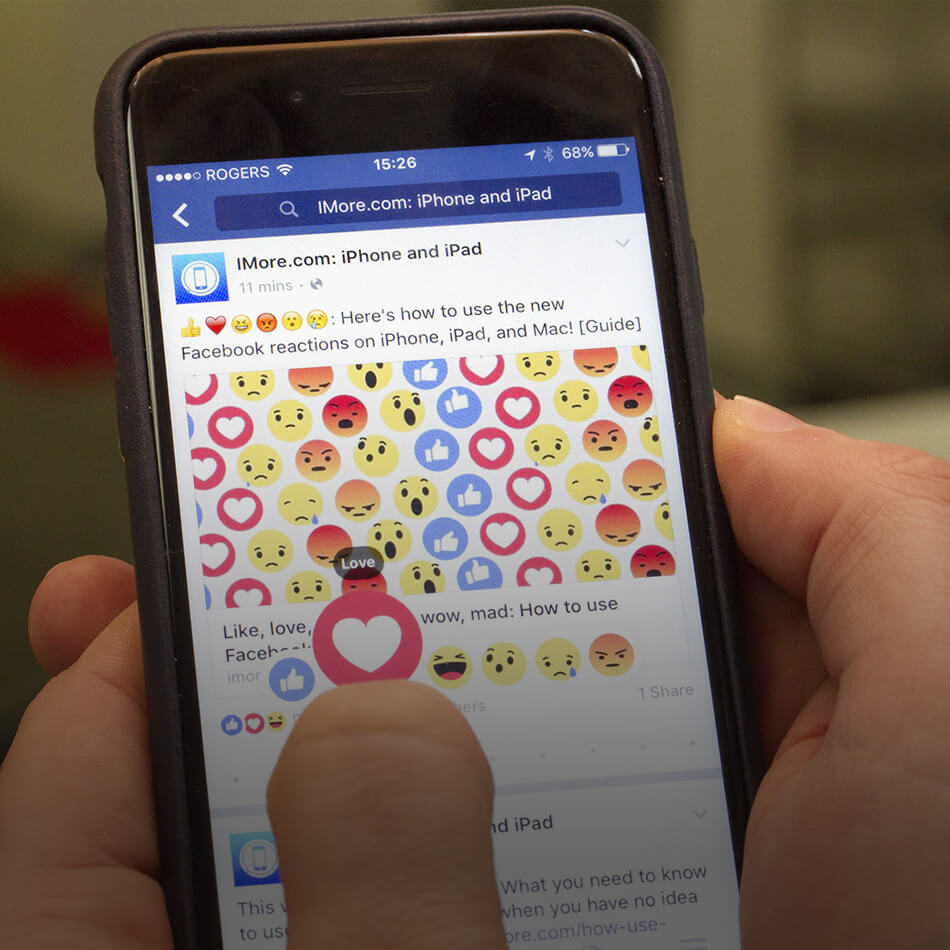
If you have always wanted Facebook to let you ‘dislike’ a post, the Social Media giant aggregator has gone a few steps ahead, with the launch of a new set of emoji-oriented reactions.
The new emoji-reactions are ‘love’, ‘haha’, ‘wow’, ‘sad’ and ‘angry’, which were finalized after trials in countries including Ireland, Spain, and Chile. ‘Yay’ as a emoji-reaction was also in contention, but was rejected after the trial discovered that it was not understood equally well in all cultures.
Now, this is a great innovation for users, as it empowers them with more options to air their feelings about a post on without having to type a comment. So, the next time, your selfie-addicted friend floods your Timeline with a selfie a day, you can let him/her know what you feel about it, as opposed to ignoring it, or unfollowing altogether. You no longer have to inappropriately ‘like’ a post announcing the death of your friend’s dog, just to let him know you have seen the post. There’s the ‘sad’ emoji to your rescue.
The same goes for your reactions to advertisements on Facebook (if you do not have ad-blocker on, that is). You can now let Facebook, and in turn, advertisers know what kind of ads work for you, or doesn’t, in a much better manner!
Advertisers can rejoice . . . in a while
The new feature is a big plus for advertisers, who can use the results from the new emoji reactions for better targeting of audiences.
For now Facebook will count all emoji reactions as additional likes. It will not use the potential actionable intelligence to place ads in customer’s Timeline intelligently. So, even if someone reacts with an ‘angry’ emoji, Facebook’s algorithm will only treat it like an additional ‘like’, and assume that the user wants to see more of the same type of content. Pretty dumb, right?
But, there’s good news in the offing.
Over time we hope to learn how the different Reactions should be weighted differently by News Feed to do a better job of showing everyone the stories they most want to see.
Sammi Krug, Product Manager, Facebook
“We see this as an opportunity for businesses and publishers to better understand how people are responding to their content on Facebook. Page owners will be able to see Reactions to all of their posts on Page insights. We will spend time learning from this rollout and use feedback to improve.”
Facebook already provides advertisers with data points about users like interests, post and page likes, age, geolocation, profession, times when you are most active on the social networking site etc. When you add results from emoji reactions to the current data points, the result inarguably is going to be refined audience targeting.
More moolah for Facebook
For Facebook, this only strengthens its insights-based targeting for selling advertisements. The company is already doing well with its advertisements. Mobile ads made up 80 percent of the company’s total ad business in the last quarter.
At Digiqom, we are constantly tracking movements in the digital space, and we feel that the new feature is great for brands, and advertisers. It will let them know reactions to their products, features. It will add a new dimension to social listening, and equip it with actionable intelligence, for better efficiency.



